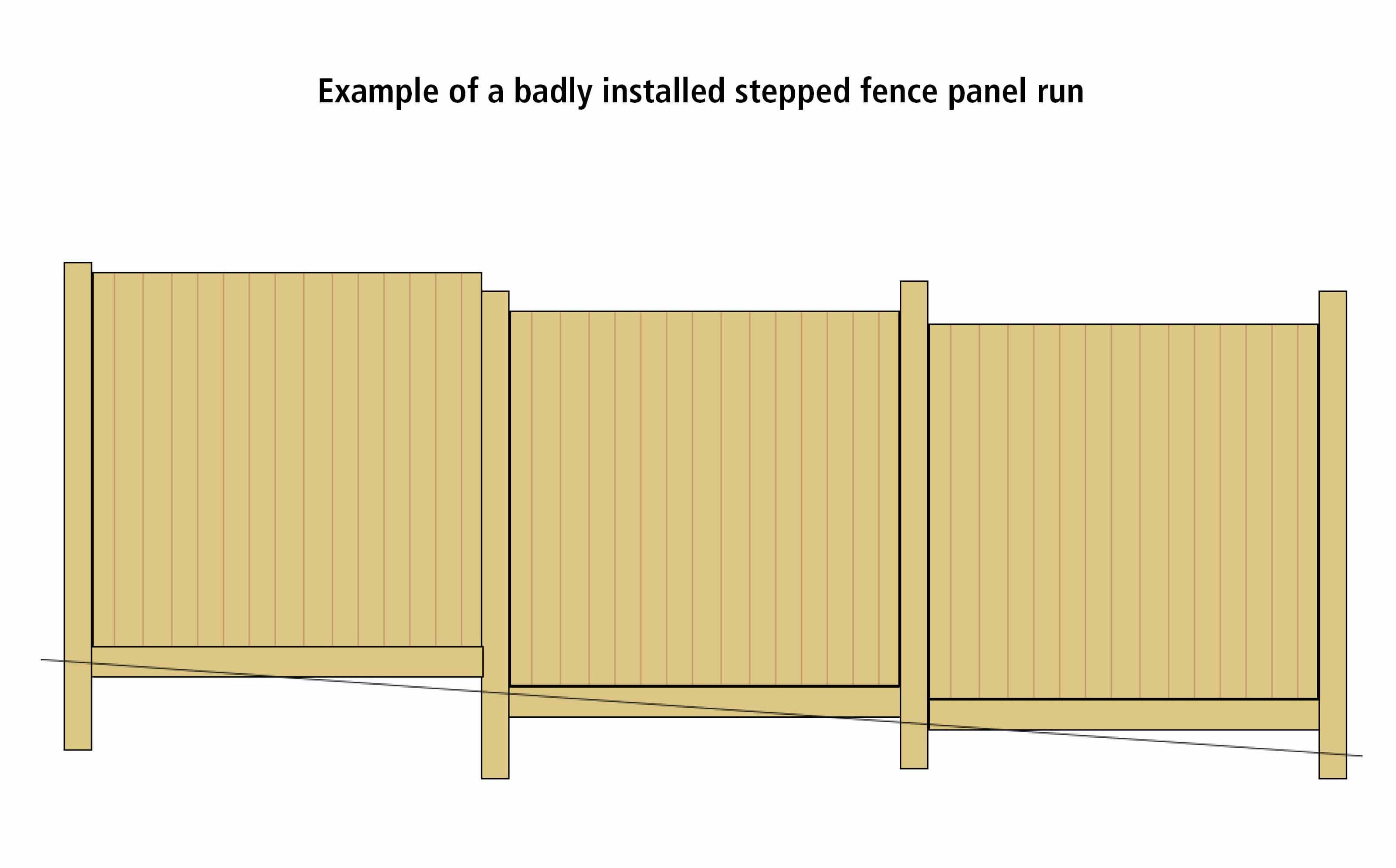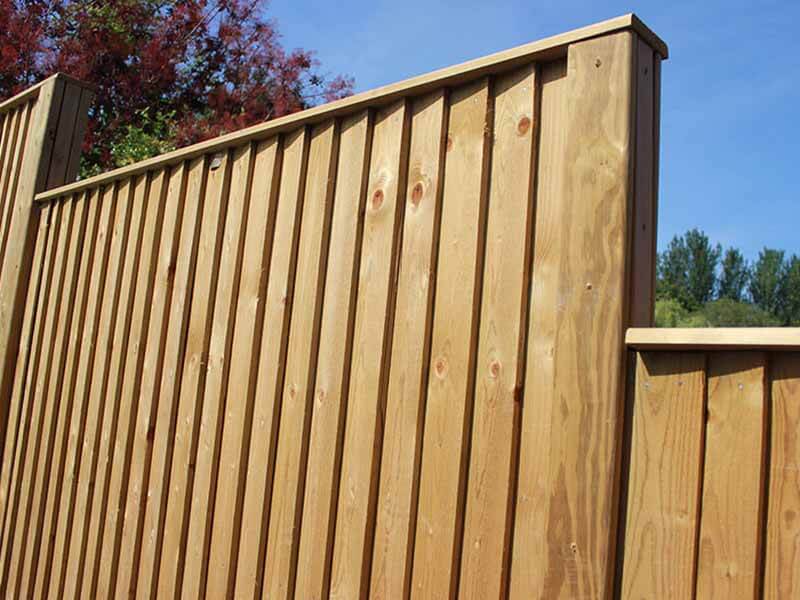17/03/2020 11:07 AM
Installing stepped fence panels on a slope
In this guide we show you how to improve the appearance of stepped fence panels, with some helpful tips including fence accessories you didn’t know you needed.
In addition to this guide, please view our instructions of How to Install Our Various Types of Fencing.

Installing fencing in sloped or uneven gardens
There are two different methods that can be used when installing fencing on a slope or a hill and this depends on the style of fence chosen. Our traditional fencing systems can be installed to follow the ground level in a gradual slope (known as raking) or if using panel form fencing with slotted Jakposts it steps up or down depending on the slope (known as stepping). The images below show the difference between the two install types. In this blog we will explore installing stepped fence panels on slopes or hills, but if you want to find out more about sloping traditional fencing, read more here.


Planning when the fence will step down
As with all jobs, planning in advance will help achieve a better result. Measure the difference in elevation of the slope and then step down evenly, or another option is to step down every few panels. Below is an example of a badly installed stepped fence panel run, where the steps have not been measured, resulting in gaps underneath the fence, uneven gradients, and posts that finish below or unnecessarily high above the top of the panel.

Make note, the post should always be flush or slightly higher than the panel that is highest. When stepping, make sure this is the case; otherwise you will have an unsightly step with a panel that is not fully supported by the post.

Use infill pieces on slotted posts
When stepping fence panels, the top of a fence post will become visible above each of the panels that have stepped down. We supply timber components especially for this reason. Infill pieces are the exact width of the gap in our slotted posts, meaning they fit snugly into the post to hide the gap. Measure each gap to be filled above the panel, and cut the infill piece of timber to size, treat the end of the timber with our end grain preservative and then screw or nail into place.
Below you can see the difference when adding infill pieces to the gaps in your fence posts.


Keep panels level
It may seem obvious but fence panels should be kept level so that the top stays flat. If you installed panels at an angle, the posts would also need to be at angles, which would not only look bad but would affect the integrity of the fence. Do this by putting a spirit level on top of the panel before screwing into the post.

Fence Comparison Tool
Compare all the different types of fence panels we offer using our handy comparison tool.
Use gravel boardsOur gravel boards are made from a specific class of timber and go through a different treatment process that makes them less susceptible to rot and insect attack, meaning they can be in contact with the ground. Gravel boards are particularly important when installing stepped fencing on a slope, because depending on the gradient, the gravel board may have to go into the ground slightly to minimise the gap underneath. Without gravel boards, there may be large triangular gaps underneath the fence, and the fence will not be protected from the ground, reducing its lifespan.
Some fence installers will opt to use the gravel boards to alter the height of the fence at the base. This will keep a consistent height across the entire boundary which may be appealing to some homeowners.
By using multiple gravel boards, fence panels can sit higher. As our gravel boards are pressure vacuum treated, they are suited for life in the ground and can therefore be dug down to suit the correct height above for the fence panels to sit level with the panel before.
Gates are often tricker than fence panels to install on a slope because of the clearance you need underneath the gate in order for the gate to open an close correctly.
Read our other helpful blog if you need help installing a gate on a slope or hill.
